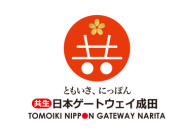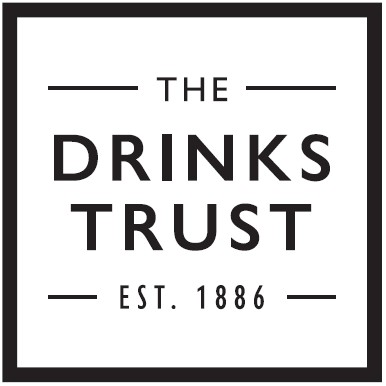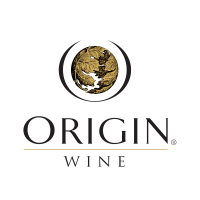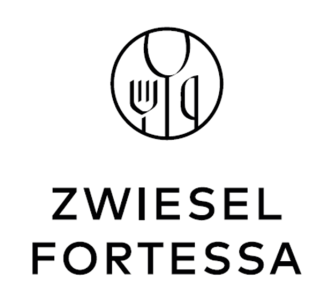At first glance, headlines about consolidation in the wine industry should be treated with supreme indifference – a story more spreadsheet than scoop. From the rise of US multinationals in the 20th century to the supermarket-driven buying power of the early 2000s, mergers, takeovers and acquisitions are an established part of the trade's DNA. Yet the latest wave feels different – sharper and more existential. Today's mergers reflect a structural realignment: less about owning vineyards, and more about controlling access to a shrinking market. This is no longer empire-building; it's survival strategy.
In the global sphere, divestment of under-performing assets has been the major driving force behind industry announcements over the past year. Pernod Ricard's sale of its wine arm in April preceded Constellation's decision to hand over a tranche of its labels to The Wine Group, including Woodbridge and Robert Mondavi Private Selection. In the Southern Hemisphere, Accolade's merger with Pernod Ricard's former wine holdings under the "Vinarchy" umbrella has consolidated production, bottling, and sales – an increasingly necessary strategy. Meanwhile, Castel and other European stakeholders continue to integrate retail, e-commerce and logistics under one roof. In 2025, regional giants not only command vast brand portfolios but control the essential supply chains as well.
"The current wave of consolidation has many drivers. The backdrop is a challenging economic climate, coupled with rising costs. It's a time where adaptation in your approach is vital, and for some companies, joining forces is the route to long-term growth," says Matt Tipping, CEO, Jeroboams.
"While brand portfolios still play a part, I believe the stronger motivation today is access to customers, which is a natural response in a market where customer numbers are falling." The company's acquisition of Hayward Bros Wines in August was motivated by a desire to give Jeroboams' "national and broader reach through strong UK-wide relationships." Still, it was a bold decision for one of the UK's most respected independent merchants.
Vertical integration
This move by Jeroboams contrasts sharply with the mega-mergers of the early 2000s, when industry giants sought global presence rather than customer intimacy. But to survive an era of moderation and chronic inflation, argues Tipping, businesses must secure routes to market – and serve them efficiently.
"We bring greater buying power and a deeper portfolio - a clear win for Hayward's existing clients, who now have access to a more complete service: more tasting opportunities, more producer engagement, and modern systems that support our people-first approach to customer service," he adds.
Indeed, the UK market has seen some striking examples of vertical integration recently - not least Majestic's acquisition of Enotria & Coe, for instance. Yet there are clearly losers as well as winners if a smaller pool of stakeholders attempt to control more of the route to market.
"Vertical integration certainly interests some businesses, and we're seeing an increase in occurrences," admits Tipping.
"But there is a lot of complexity, and it's hard to do it well, so I don't think it will dominate the market. I'm also not convinced that if we did see more of this happening that it would pose a major threat to smaller producers. The bigger challenge for them is red tape and the increasing complexity and cost of physically getting their wines into the UK market."
Nevertheless, the issue of power relationships within the trade remains highly contentious. Rupert Pritchett, Managing Director of Taurus Wines, describes a "distributor merry-go-round where wineries switch agents with growing regularity." Drawing parallels between the wine trade and other pressured sectors, he notes that among fee-paying schools, buyouts and mergers are now commonplace. And for indies, he claims, "agents and wineries are demanding prompt payments at a time when trade is harder and customers are slower paying us!"
But perhaps the most significant change, he adds, is the growth in UK producers harnessing the undeniable advantages of DTC. "Middle men (be it retailers or distributors) are increasingly having to justify their margin by adding value in some way in response to growing competition from direct-to-consumer transactions. It's a falling market so they are all fighting over a shrinking slice of the pie."
Sustainable consolidation
Meanwhile, logistical consolidation is transforming the UK's role in the global supply chain. "The country has become the number one destination for bottling," reveals Tony Cleary, CEO of the Lanchester Group, whose interests encompass Lanchester Wines, Greencroft bottling, and a network of renewable-energy-driven logistics facilities.
"Bulk shipping was traditionally for deep-sea routes," he observes, "but now we're seeing more European producers come on board."
According to Cleary, sustainability and supply-chain efficiency have become the twin drivers of modern consolidation. "Investment priorities have shifted a lot," he says. "When we started it was mainly big wineries bottling in the UK for reasons of practicality – sustainability wasn't even part of the conversation back then. Now, it's front and centre: it's better for the planet and for the bottom line."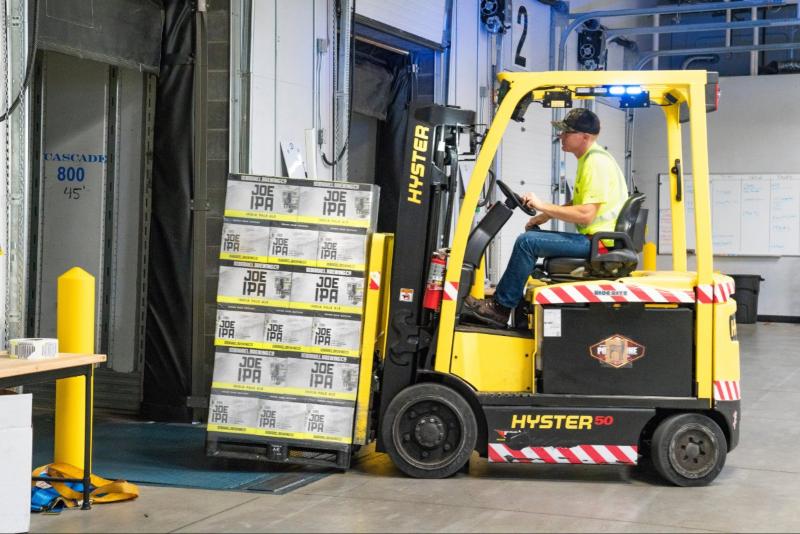
If the late 20th century was the era of brand accumulation, the 2020s are being defined by logistical and distribution consolidation. Cleary sees "consolidation as everything now," a process that allows efficiencies on an unprecedented scale – vital, he believes, for the industry's survival. But isn't consolidation – everything from family estates being absorbed into regional groups to retailers expanding upstream – a threat to once-valued diversity in the trade?
"Every market goes through cycles of expansion and consolidation. The wine world is naturally fragmented, with a few very large players and many SMEs, and so if consolidation is purely scale-driven, then yes, it risks homogenisation," notes Tipping.
"However, when it's guided by shared values and complementary strengths, it delivers the opposite and actually works to retain diversity within the market by bringing together people, skills, and company cultures that enrich one another."
Once, wine empires were built on chateaux and labels. Today's powerhouses rely on infrastructure and strategic networks – less romantic, perhaps, but ideally suited to the age.

New Ground: Consolidation in the 21st Century
Wine industry consolidation, a familiar feature of the 20th century, is back - but this time, it's less about vineyards and more about survival, say insiders.

Mergers have taken on a new form in the 21st century










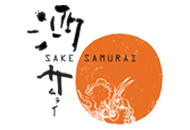
.png)
